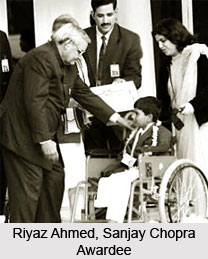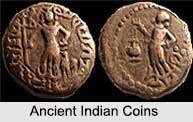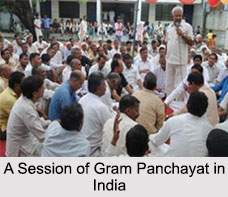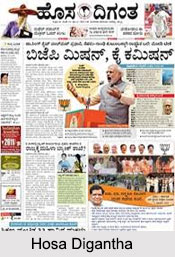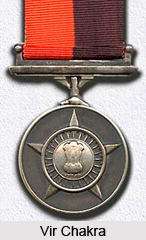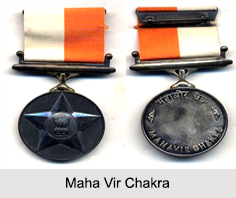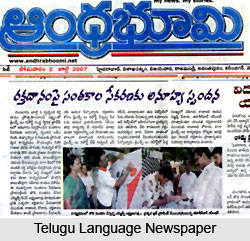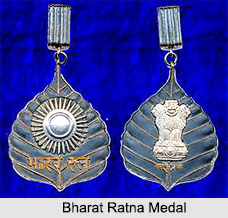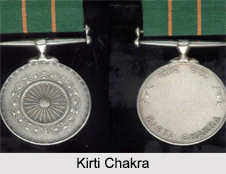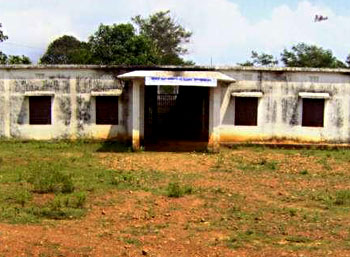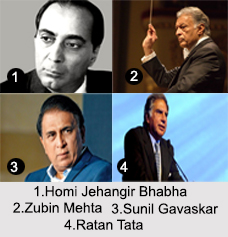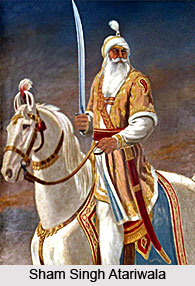 Battle of Mudki was struggled between the Khalsa forces and the British East India Company. This historical battle was fought in the year 1845 on 18th of December. Eventually the British forces won the battle and it caused heavy casualties. The leaders of the Sikh army recognised the uncontrollable nature of the British troops. Earnest efforts were made to arouse in the army a spirit of hostility against the English. An army loyal to the Khalsa could not tolerate this threatened aggression. It was thus virtually thrown on the knives of the English. As a result of this calculated move a Sikh army of about 40,000 men and horses with 150 guns crossed Sutlej near Harike (twelve miles from Firozpur) on 11th of December, 1845. The Darbar had ordered the army to be divided into seven divisions. One was to remain at Lahore and the rest were to proceed towards Peshawar, Sind, Ropar, Ludhiana, Harike and Firozpur.
Battle of Mudki was struggled between the Khalsa forces and the British East India Company. This historical battle was fought in the year 1845 on 18th of December. Eventually the British forces won the battle and it caused heavy casualties. The leaders of the Sikh army recognised the uncontrollable nature of the British troops. Earnest efforts were made to arouse in the army a spirit of hostility against the English. An army loyal to the Khalsa could not tolerate this threatened aggression. It was thus virtually thrown on the knives of the English. As a result of this calculated move a Sikh army of about 40,000 men and horses with 150 guns crossed Sutlej near Harike (twelve miles from Firozpur) on 11th of December, 1845. The Darbar had ordered the army to be divided into seven divisions. One was to remain at Lahore and the rest were to proceed towards Peshawar, Sind, Ropar, Ludhiana, Harike and Firozpur.
Order of Battle of Mudki
Each division was to consist of 8,000 to 10,000 men and horses. Raja Gulab Singh was to lead a force to Attock with one division at Peshawar. The force against Firozpur under Sham Singh Atariwala was to consist of 4,000 horse, two brigades of infantry and some guns. Raja Lai Singh who was to proceed against Harike commanded 4,500 cavalry and two brigades of infantry and General Tej Singh, the new Commander-in-Chief had 1,000 cavalry and four brigades of infantry for Ludhiana. At this time the English had about 7,000 men under Major General Litter at Firozpur and about 5,000 men at Ludhiana under Brigadier Wheeler. These outposts had 69 guns also. A force of 10,000 men was stationed at Ambala and an equal number at Meerut.
Advancement of Sikh and British Forces in Battle of Mudki
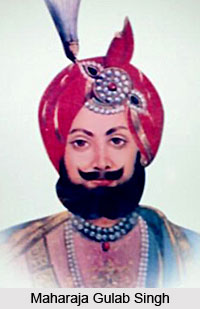 The Sikhs crossed without any opposition and caused many an anxious moment to the garrison at Firozpur. They enlarged the bridge-head for the next six days. All the heavy baggage was also brought up. This gave the much needed time to the English to move their main forces forward. As they stayed on without any offensive plans General Litter took the initiative and decided to march out of Firozpur and give battle. This demonstration had its effect on the Sikhs. Meanwhile the English army was advanced from Ludhiana and Ambala under General Sir Hugh Gough the Commander-in-Chief to relieve the pressure on the forward garrisons. This force numbering about 11,000 men and horses arrived at Mudki, eleven miles from Firozpur on the afternoon of December 18, 1845. The troops were tired after the long and arduous march of twenty-one miles. In the Sikh camp the younger leaders forced their general to advance and face the English and advanced with a force of 10,000 cavalry, 2,000 infantry and twenty-two guns. The Sikhs slightly superior in numbers but divided in counsels met the English forces who had quickly deployed in battle formation, around three miles outside the village of Mudki.
The Sikhs crossed without any opposition and caused many an anxious moment to the garrison at Firozpur. They enlarged the bridge-head for the next six days. All the heavy baggage was also brought up. This gave the much needed time to the English to move their main forces forward. As they stayed on without any offensive plans General Litter took the initiative and decided to march out of Firozpur and give battle. This demonstration had its effect on the Sikhs. Meanwhile the English army was advanced from Ludhiana and Ambala under General Sir Hugh Gough the Commander-in-Chief to relieve the pressure on the forward garrisons. This force numbering about 11,000 men and horses arrived at Mudki, eleven miles from Firozpur on the afternoon of December 18, 1845. The troops were tired after the long and arduous march of twenty-one miles. In the Sikh camp the younger leaders forced their general to advance and face the English and advanced with a force of 10,000 cavalry, 2,000 infantry and twenty-two guns. The Sikhs slightly superior in numbers but divided in counsels met the English forces who had quickly deployed in battle formation, around three miles outside the village of Mudki.
The English guns were in the centre of their front. The army unit was in between the guns and on the sides. The cavalry was posted on the flanks. More infantry was posted in the back where some reserves were also located. With their superior cavalry the Sikhs opened up with a fierce charge on the flanks. Their guns also took a heavy toll. Raja Lal Singh led the Sikh attack but in accordance with his original design, after involving his army in the fight, he left them. The well-trained English infantry stood the charge with their good discipline and better proficiency fire. Meanwhile their cavalry made a flanking move and with a determined charge pushed back the Sikh horses. With the cavalry charge proving a success and the flanks being left bare the infantry was pushed forward supported by the guns.
The Sikhs fought every inch of the ground but they suffered heavy casualties and left behind several guns also. They were also forced to retreat. It was, however, not a decisive victory for the English forces whose losses were also huge.





